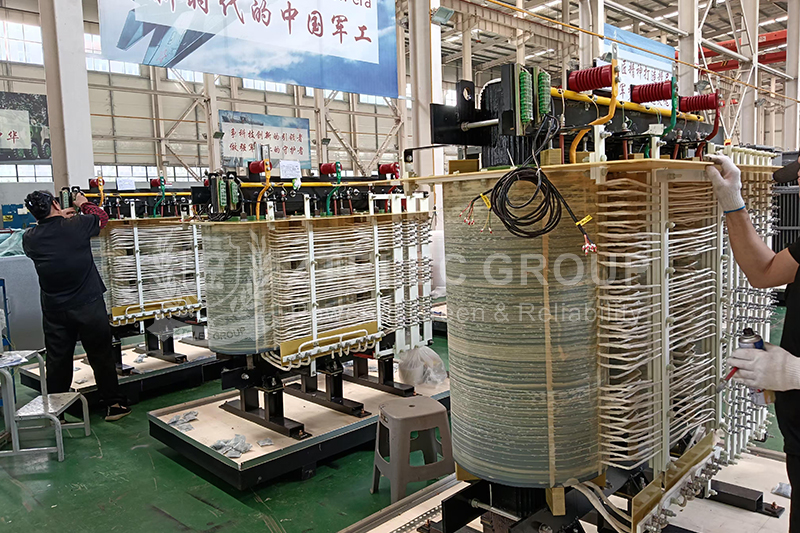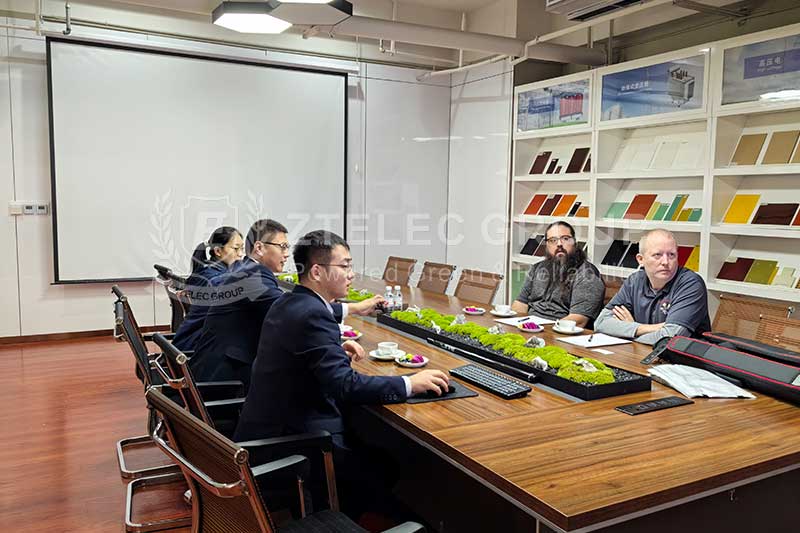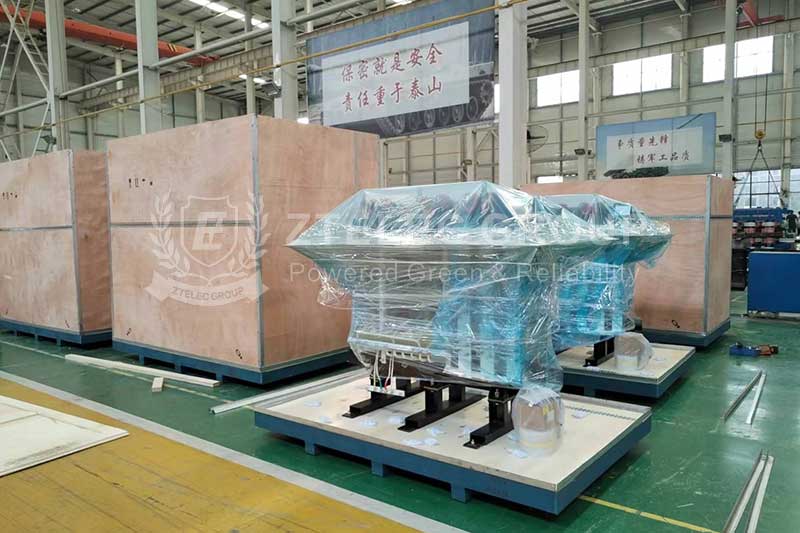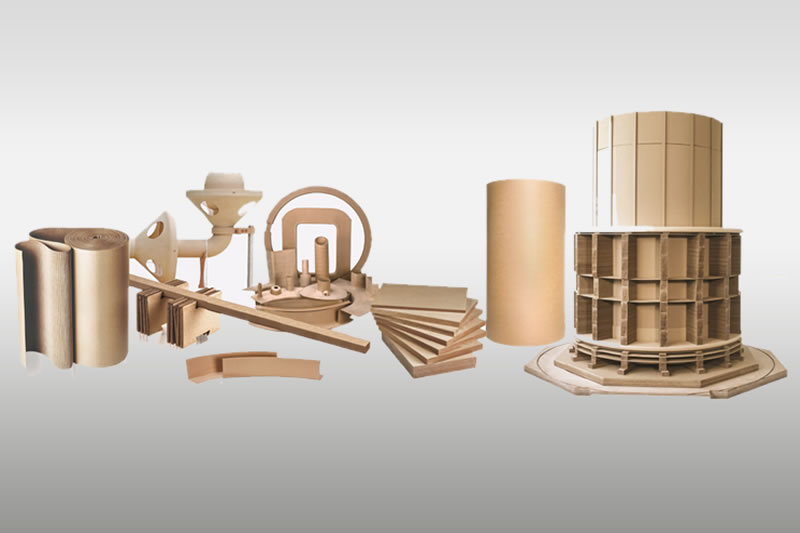Dry-Type Transformer Model Analysis: A Comprehensive Comparison of SCB, SGB, and SCBH Series
Dry-type transformers are vital in modern power systems, directly affecting power supply reliability, energy efficiency, and operating costs. Among the commonly used SCB, SGB, and SCBH series, many users struggle to distinguish their differences and select the most suitable model. This article provides a clear and practical comparison of these series in terms of insulation medium, structural design, and heat dissipation efficiency. It also offers in-depth analysis and selection recommendations based on real-world application scenarios.
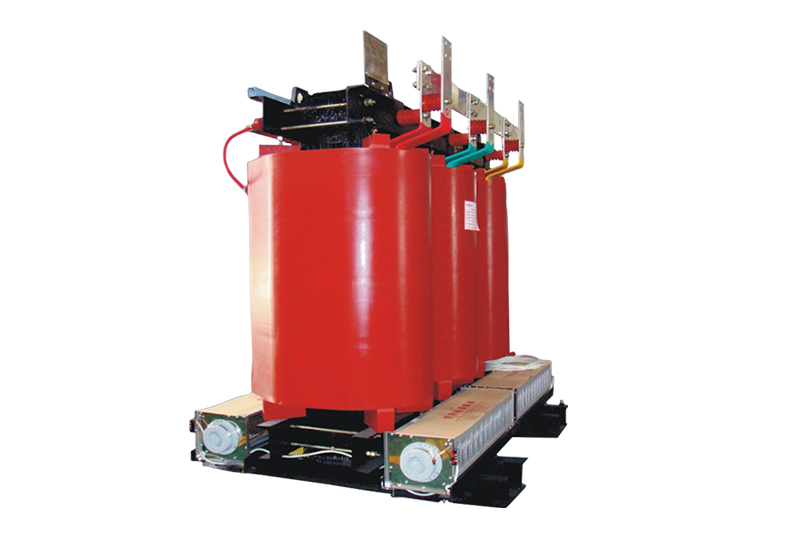
1. Insulation Technology Differences
SCB Series: Uses epoxy resin casting technology to form a solid insulation structure with excellent mechanical strength and strong short-circuit resistance.
SGB Series: Uses DuPont NOMEX paper combined with vacuum impregnation of H-class varnish. With a heat resistance rating up to 180°C, it excels in thermal endurance.
SCBH Series: Combines epoxy resin casting with NOMEX insulation, ensuring both high mechanical strength and superior heat resistance.
2. Structural Design Differences
SCB Series: The low-voltage coil adopts foil winding technology with epoxy resin filling. After curing, it creates a rigid structure with low partial discharge.
SGB Series: The low-voltage coil uses cylindrical winding with glass-fiber-wrapped copper wires, offering superior short-circuit resistance compared with SCB.
SCBH Series: Uses an amorphous alloy core instead of silicon steel. This reduces no-load losses by 60%–80%, delivering significant energy-saving advantages.
3. Heat Dissipation Efficiency Differences
SCB Series: High heat dissipation efficiency and excellent temperature rise control, ideal for high-load continuous operation.
SGB Series: Lower natural heat dissipation efficiency, but optimized layered structure improves electric field distribution, suitable for humid or dusty environments.
SCBH Series: The amorphous core material reduces heating, ensuring low temperature rise and higher long-term stability.
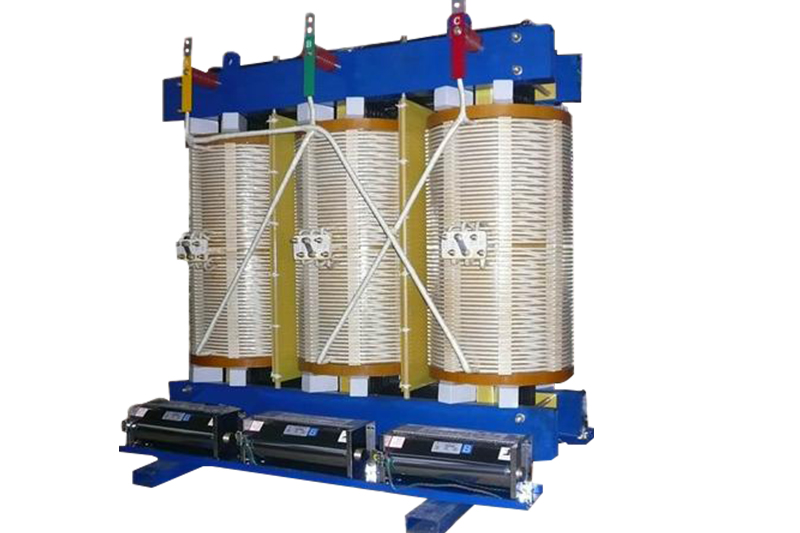
4. In-Depth Analysis of Core Differences
SCB vs. SGB: The key lies in winding technology. SCB uses foil winding, enhancing mechanical strength, reducing eddy current losses, and delivering lower load loss. SGB uses traditional wire winding, mature but less efficient in short-circuit resistance and loss control.
SCB vs. SCBH: The key lies in the core material. SCB uses silicon steel, which has inherent no-load losses. SCBH adopts amorphous alloy, with much lower hysteresis and eddy current losses, significantly improving efficiency and energy savings.
5. Application Scenarios and Selection Guide
SCB Series: Best for commercial centers, data centers, and industrial facilities with high requirements for efficiency and noise control. Recommended to choose SCB11 or higher models that comply with GB20052-2020 energy efficiency standards. For outdoor use, an IP23 enclosure is advised.
SGB Series: Ideal for high-rise buildings, subways, tunnels, and nuclear power stations where fire safety and reliability are top priorities. Recommended to select H-class insulation models with IP20 or higher enclosures for protection against salt spray and mold.
SCBH Series: Suitable for hospitals, schools, and precision manufacturing where quiet operation and compact design are crucial. SCBH15 is preferred for ultra-quiet operation, SCBH17 for compact installation, and SCBH19 for stable, efficient performance. An intelligent temperature control system is recommended for real-time monitoring.
6. Selection Recommendations
When choosing a dry-type transformer, it is not enough to rely on model codes alone. Project-specific factors such as load characteristics, operation time, budget, and energy-saving requirements must also be considered. In most cases, SCB series transformers offer the best balance of efficiency, safety, and cost-effectiveness. However, for projects demanding extreme energy savings, a lifecycle cost analysis of the SCBH series should be conducted.
The SCB, SGB, and SCBH series of dry-type transformers each have unique advantages. SCB is the mainstream choice for most applications due to its balance of performance and cost. SGB is best for environments with high fire safety and reliability requirements. SCBH is the premium choice for ultra-high efficiency and low-noise operation. By fully understanding their differences and aligning them with project requirements, users can make smarter transformer selections that ensure long-term reliability and economic benefits.
- more+releated article
- 2026-01-04Common Power Transformer Faults: Causes, Solut
- 2025-12-312026 New Year Holiday Notice
- 2025-12-31Operation, Maintenance, and Service Life Manag
- 2025-12-30How to Select a 100 kVA–500 kVA Distribution
- 2025-12-29The Impact of NHN NMN Composite Insulation on
- 2025-12-26Practical Application of GPO-3 Insulation Boar
- 2025-12-2510kV Transformer Replacement Timeline: Install
- 2025-12-25Low Smoke EN45545 GPO3 UPGM203 Laminated Board
- 2025-12-24Merry Christmas — ZTelecgroup Christmas Cele
- 2025-12-24How to Select a Suitable 50kVA–500kVA Distri

